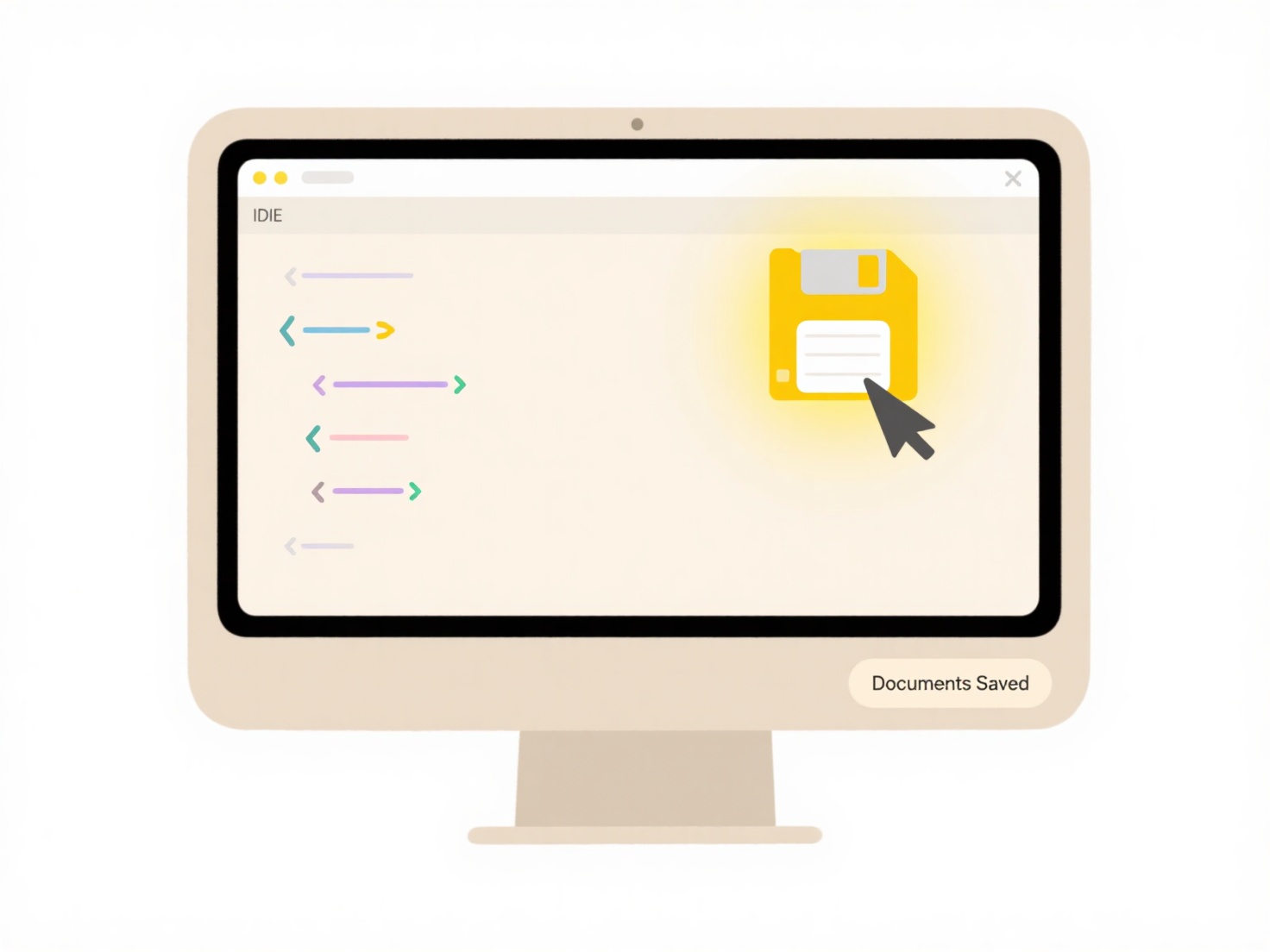
Chromebooks run Chrome OS, not Windows. EXE and MSI files are native executable and installer formats designed specifically for the Windows operating system. Consequently, Chrome OS cannot directly run these files. Chromebooks primarily use web applications, Android apps from the Play Store, and increasingly, Linux applications. They lack the underlying Windows system components necessary to interpret EXE or MSI files natively.

Instead, users need alternatives. For tasks typically handled by Windows software, they might use Android apps, web-based tools like Google Docs, or install Linux applications. As a specific example, graphic design work often relies on Photoshop (a Windows EXE application), but Chromebook users could use the Android version of Photoshop Express or a web-based editor like Photopea. Similarly, using Parallels Desktop for Chrome OS (a paid, enterprise-focused solution) allows some users to run a full Windows desktop environment from the cloud within Chrome OS, accessing the required Windows applications via a remote connection.
The inability to run EXE/MSI files stems from Chrome OS's architecture, prioritizing security, simplicity, and cloud integration over direct Windows compatibility. This limits Chromebooks for specialized Windows software but contributes to their resilience against malware and ease of management. Future developments focus on enhancing Linux and web app capabilities rather than native Windows emulation. Cloud-based Windows services (like Azure Virtual Desktop accessed via browser) offer a potential path but introduce complexity and cost.
Can Chromebook users open .exe or .msi files?
Chromebooks run Chrome OS, not Windows. EXE and MSI files are native executable and installer formats designed specifically for the Windows operating system. Consequently, Chrome OS cannot directly run these files. Chromebooks primarily use web applications, Android apps from the Play Store, and increasingly, Linux applications. They lack the underlying Windows system components necessary to interpret EXE or MSI files natively.

Instead, users need alternatives. For tasks typically handled by Windows software, they might use Android apps, web-based tools like Google Docs, or install Linux applications. As a specific example, graphic design work often relies on Photoshop (a Windows EXE application), but Chromebook users could use the Android version of Photoshop Express or a web-based editor like Photopea. Similarly, using Parallels Desktop for Chrome OS (a paid, enterprise-focused solution) allows some users to run a full Windows desktop environment from the cloud within Chrome OS, accessing the required Windows applications via a remote connection.
The inability to run EXE/MSI files stems from Chrome OS's architecture, prioritizing security, simplicity, and cloud integration over direct Windows compatibility. This limits Chromebooks for specialized Windows software but contributes to their resilience against malware and ease of management. Future developments focus on enhancing Linux and web app capabilities rather than native Windows emulation. Cloud-based Windows services (like Azure Virtual Desktop accessed via browser) offer a potential path but introduce complexity and cost.
Quick Article Links
How do I search for hidden files?
Hidden files are system, configuration, or user-designated files deliberately concealed from standard directory listings...
Can I batch rename files in Dropbox or OneDrive?
Batch renaming files means changing the names of multiple files simultaneously, typically using a pattern or rules to sa...
Why do some files get renamed when I download them?
Files may be renamed during download primarily to avoid naming conflicts on your device or for security reasons. If a fi...